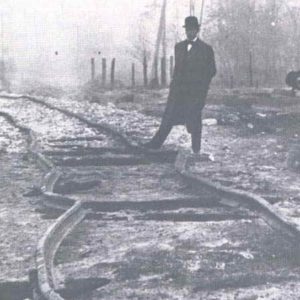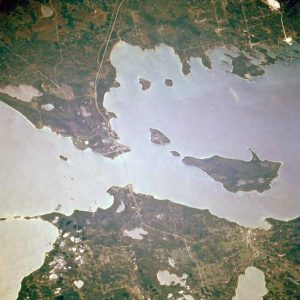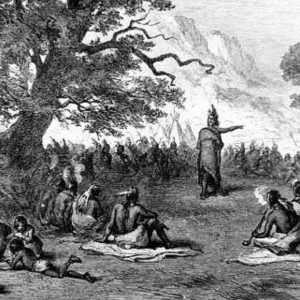Standing proudly at the mouth of the Thunder Bay River is the Alpena Light—affectionately known as “Little Red” or the “Thunder Bay River Lighthouse”. The light has guided ships in and out of Alpena’s harbor for more than a century. While it may not be the tallest or most ornate of Michigan’s lighthouses, this small, bright red beacon holds a big place in the region’s maritime story. Lighting the Way for Alpena’s Lumber Industry The history of the Alpena Light is closely tied to the rise of the local timber industry. As Alpena boomed in the mid-1800s, the Thunder Bay… Read More »













